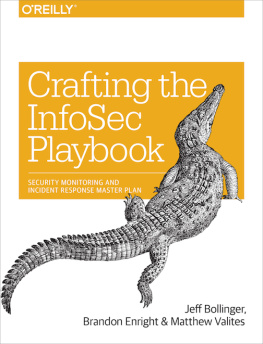The Practice of Network Security Monitoring
Richard Bejtlich
Published by No Starch Press
Dedication
This book is for my youngest daughter, Vivian.
Now you have a book, too, sweetie!
Foreword
This may be one of the most important books you ever read. Cybersecurity is both a national and economic security issue. Governments worldwide wage clandestine battles every day in cyberspace. Infrastructure critical to our safety and well-being, like the power grid, is being attacked. Intellectual property, key to our economic prosperity, is being sucked out of this country at a massive rate. Companies large and small are constantly at risk in the digital world.
It is this civilian component of the conflict that makes this book so important. To borrow from a clich: If your organization is not part of the solution, it is part of the problem. By protecting your organization, you prevent it from being used as a stepping-stone to attack your suppliers, your partners, your customers, and other organizations around the world. Furthermore, by detecting attacks, you can help alert others who may have been attacked by the same techniques or the same adversaries.
Few people or organizations are called upon to protect their country from traditional terrorist attacks or military invasions, but thats not true in cyberspace. Reading this book will not turn your team into the next Cyber Command, or even the next Mandiant, but it will provide you with the knowledge to increase your security posture, protect your organization, and make the world just a little bit safer.
In August of 1986, an accounting error of 75 cents led to the birth of the network security monitoring industry. Cliff Stoll, as initially documented in his 1988 paper Stalking the Wily Hacker and later in his book The Cuckoos Egg , was asked to find the reason behind the discrepancy in his organizations two accounting systems. What followed was a multiyear odyssey into international espionage during which he exposed techniques used by both attackers and defenders that are still relevant today.
One of the sites targeted by Stolls attacker was Lawrence Livermore National Laboratory (LLNL). And, as good managers are wont to do, one of the LLNL managers turned a failure into a funding opportunity. In 1988, LLNL secured funding for three cybersecurity efforts: antivirus software, a Security Profile Inspector application, and a network-based intrusion detection system called Network Security Monitor , or NSM . Without much experience in these areas, LLNL turned to Professor Karl Levitt at the University of California, Davis, and with LLNLs initial funding, the UC Davis Computer Security Laboratory was created. As far as I know, LLNL managers coined the term Network Security Monitor , but it was largely left to UC Davis to implement the idea.[]
My initial work in the network security monitoring area, documented in our 1990 paper cleverly titled A Network Security Monitor, was similar to the more academic work in intrusion detection that relied on statistical-based anomaly detection. But over time, and with operational experience under our belt, NSM began to look more and more like Cliff Stolls activities. In 1988, Stoll wrote, We knew of researchers developing expert systems that watch for abnormal activity, but we found our methods simpler, cheaper, and perhaps more reliable.[]
Where Stoll attached printers to input lines so he could print users activities and see what attackers were actually doing, I created the transcript program to create essentially the same output from network packets. As far as NSM is concerned, this proved essential for verifying that suspicious activity was actually an intrusion, and for understanding the nature of the attacker.
Where Stoll and his colleague Lloyd Belknap built a logic analyzer to run on a serial line so they could look for a specific user logging in, I added string matching code to our network monitor to look for keywords (attempts to log into default accounts, login failure messages, accessing a password file, and so on).
Stoll also added automatic response mechanisms that paged him when the attacker logged in, interrupted the connection when the attacker got too close to sensitive information, and cross-correlated logs from other sitesall features that would become common in intrusion detection systems a number of years later.
By 1991, the NSM system was proving valuable at actually detecting and analyzing network attacks. I used it regularly at UC Davis, LLNL used it sporadically (privacy concerns were an issue), and soon the Air Force and the Defense Information Systems Agency (DISA) were using it.
In some ways, however, operating the NSM system became a bit depressing. I realized how many attackers were on the network, and virtually no one was aware of what was happening. In one instance, DISA was called out to a site because of some suspicious activity coming from one of its dial-up switches. Coincidentally, the organization was ordering a higher capacity system because the current platform was saturated. When DISA hooked up its NSM sensor, it found that roughly 80 percent of the connections were from attackers. The equipment was saturated not by legitimate users, but by attackers.
By 1992, the use of the NSM system (and perhaps other network-based monitors) reached the attention of the Department of Justice, but not in a good way. The then Assistant Attorney General Robert S. Mueller III (the Director of the FBI as I write this) sent a letter to James Burrows of the National Institute of Standards and Technology (NIST) explaining that the network monitoring we were doing might be an illegal wiretap, and that by using tools like the NSM system we could face civil and criminal charges. Mueller encouraged NIST to widely circulate this letter.
Despite legal concerns, the work in this field continued at breakneck speed. By the summer of 1993, LLNL sent me a letter telling me to stop giving the NSM software away (they wanted to control its distribution), and soon after that, I started reducing my work on NSM development. LLNL renamed its copy of the NSM software the Network Intruder Detector (NID), the Air Force renamed its copy the Automated Security Incident Measurement (ASIM) System, and DISA renamed its system the Joint Intrusion Detection System (JIDS). By the late 1990s, the Air Force had rolled out ASIM to roughly 100 sites worldwide, integrating the feeds with their Common Intrusion Detection Director (CIDD).
At the same time, commercial efforts were also springing up. By the late 1990s, Haystack Labs (which had worked with the NSM software produced by our joint DIDS work) released its network-based IDS named Net Stalker, WheelGroup (formed by Air Force personnel who had used ASIM) released NetRanger, ISS released RealSecure, and other companies were rushing into the market as well.
By the late 1990s, the open source community was also getting involved with systems like Snort, and by the early 2000s, some groups started setting up entire security operations centers (SOCs) largely built around open source components. I first met Richard Bejtlich (another Air Force alum) as he was setting up just such a system called NETLUMIN for Ball Aerospace & Technologies Corp. While few may have heard of NETLUMIN, many of its designs and concepts survive and are described in this book.
People too often tend to focus on technologies and products, but building an effective incident response capability involves so much more than installing technology. A lot of knowledge has been built up over the last 20 years on how to optimally use these tools. Technologies not deployed correctly can quickly become a burden for those who operate them, or even provide a false sense of security. For example, about a dozen years ago, I was working on a DARPA project, and an integration team was conducting an exercise bringing together numerous cybersecurity tools. The defenders had installed three network-based IDSs watching their border, but the attacker came in via a legitimate SSH connection using a stolen credential from a contractor. None of the IDSs generated a peep during the attack. This initially surprised and disappointed the defenders, but it elegantly pointed out a fundamental limitation of this class of detection technology and deployment strategy against this class of attack. (Im not sure the program manager found this as much of a wonderful teaching moment as I did.)

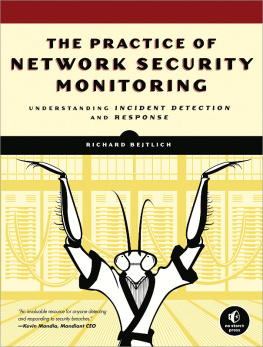
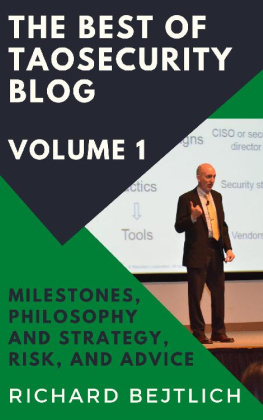
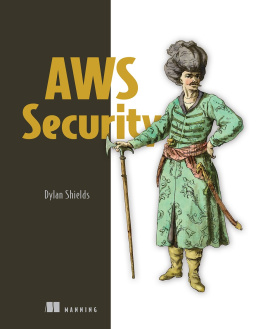
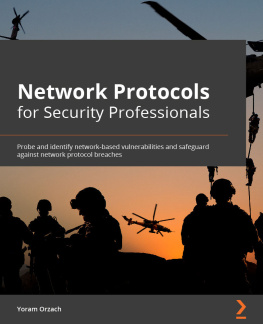
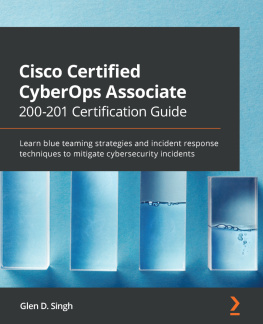

![Bollinger Jeff - Crafting the infosec playbook [security monitoring and incident response master plan]](/uploads/posts/book/193800/thumbs/bollinger-jeff-crafting-the-infosec-playbook.jpg)
